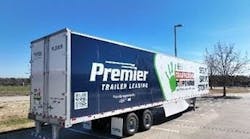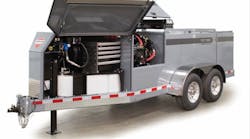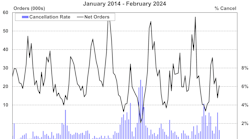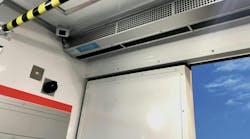The National Highway Traffic Safety Administration (NHTSA) has issued a Notice of Proposed Rulemaking (NPRM) to establish a new Federal Motor Vehicle Safety Standard (FMVSS), No. 150, to mandate vehicle-to-vehicle (V2V) communications for new light vehicles and to standardize the message and format of V2V transmissions.
This will create an information environment in which vehicle and device manufacturers can create and implement applications to improve safety, mobility, and the environment. Without a mandate to require and standardize V2V communications, the agency believes that manufacturers will not be able to move forward in an efficient way and that a critical mass of equipped vehicles would take many years to develop, if ever.
Implementation of the new standard will enable vehicle manufacturers to develop safety applications that employ V2V communications as an input, two of which are estimated to prevent hundreds of thousands of crashes and prevent over 1,000 fatalities annually.
The agency believes that V2V has the potential to revolutionize motor vehicle safety. By providing drivers with timely warnings of impending crash situations, V2V-based safety applications could potentially reduce the number and severity of motor vehicle crashes, thereby reducing the losses and costs to society that would have resulted from these crashes.
More specifically, the agency believes that V2V will be able to address crashes that cannot be prevented by current in-vehicle camera and sensor-based technologies. This is because V2V would employ omnidirectional radio signals that provide 360-degree coverage along with offering the ability to “see'' around corners and “see'' through other vehicles. V2V is not restricted by the same line-of-sight limitations as crash avoidance technologies that rely on vehicle-resident sensors. Additionally, V2V communications (BSMs) contain additional information, such as path predictions and driver actions (braking, steering) not available from traditional sensors.








